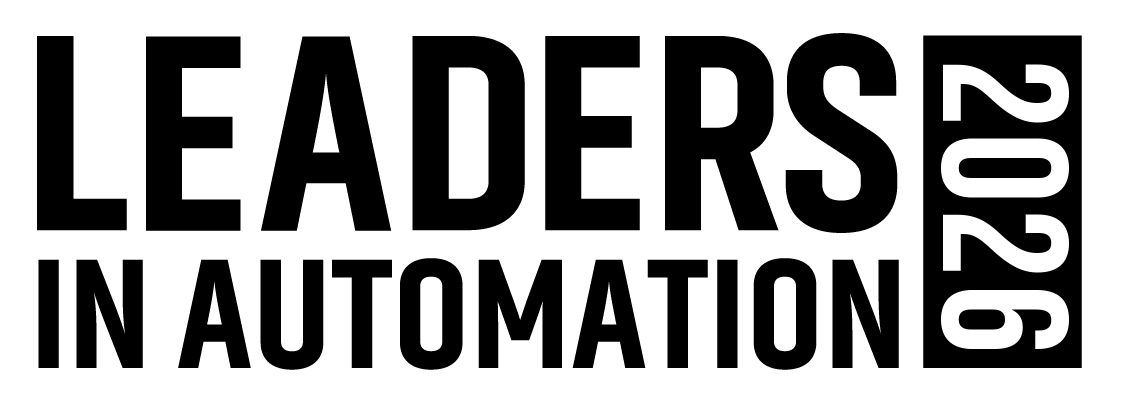It’s happening. In the last couple of years, the Baby Boomer generation and their extensive industry knowledge has left the workforce. Refineries, pulp and paper mills, and municipal water districts have turned to decision-based training and documentation workflows to tackle the very real issue of knowledge flight. A new product from Emerson Process Management (www.emersonprocess.com) Austin, Tex., is an alarm wiki for the control operator. Wikis are well known by web developers and for the process industry the product offers the ability to document specific alarm issues—after they’re resolved—via the operator’s console in the control room.
“You have an experienced operator and provide them with the right security permission. At the screen, the operator enters the alarm resolution information and, literally, pushes a button and distributes it to all operator stations throughout the plant,” says Cindy Scott, Delta V product manager, Emerson Process Management. “Our hope is that this could be part of the operator software being used all the time, and this would be a much more natural way to pull that information from experts.”
Another workforce trend emerging in the oil and gas, mining and metal and offshore industries is Collaboration Centers. Process companies are starting to consolidate control expertise into single locations and then leverage over multiple operating assets.
Christophe Romatier, senior strategic marketing manager with Honeywell Process Solutions (www.honeywellprocess.com), Houston, Tex., says, “I think a lot of this is driven by the fact that the labor pools are getting tighter and the operating companies in those types of extractive industries are facing a harder time staffing up and retaining talent.” The remote collaboration concept has been around for the last 10 years, but mostly for the super majors within the oil and gas industry—BP and Chevron, adds Romatier.
“The biggest challenge that operating companies face is when they want to integrate multiple facilities, usually of multiple vintages or generations. They have to do a lot of data integration,” says Romatier. “It most often is cost prohibitive for them to consider ripping and replacing all of the data systems in all the sites to just standardize on one.”
Honeywell’s Intuition Executive software can assimilate hundreds of spreadsheets and data points via Microsoft Corp. (www.microsoft.com) SharePoint 2010 SQL Server and StreamInsight collaboration technologies. Powered by Matrikon, the Intuitive Executive software is vendor neutral and will connect to any control system or underlying data source, according to Honeywell.
>> Click here to read Automation World's complete coverage: Chaging Workforce Drives Control Room Modernization
About the Author
Grant Gerke
Digital Managing Editor

Leaders relevant to this article: